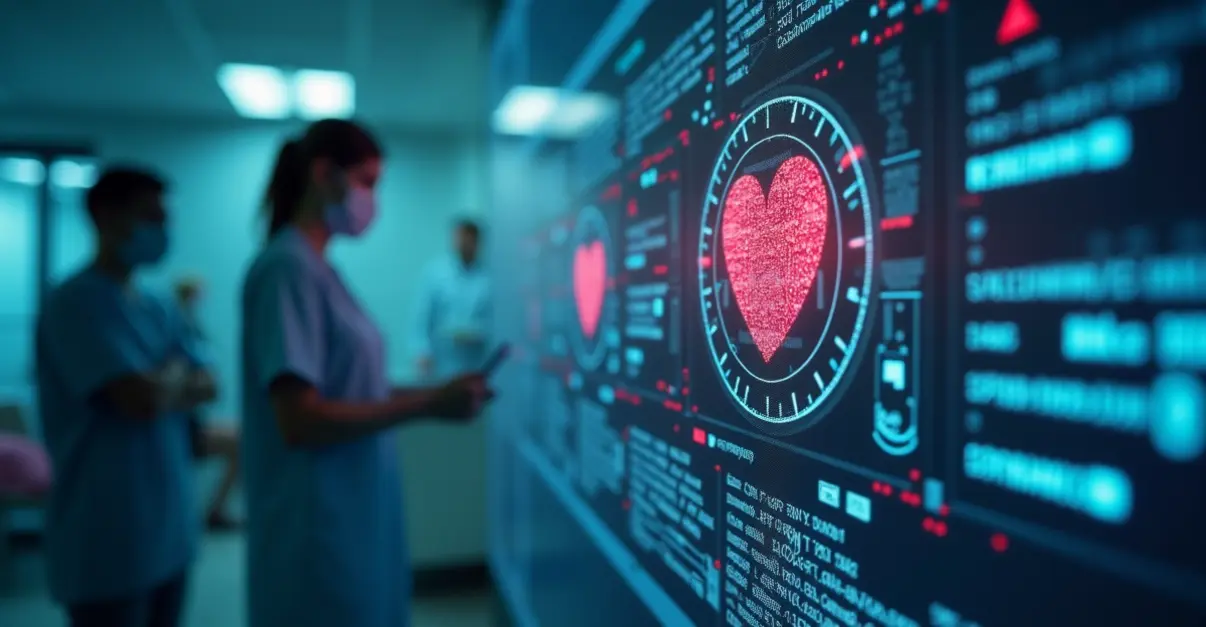Healthcare faces record ransomware attacks in 2025, disrupting patient care and costing millions. Regulatory updates and enhanced security measures aim to combat sophisticated threat groups targeting medical data.

Healthcare Under Siege: Ransomware Crisis Escalates in 2025
Healthcare organizations across the United States are facing an unprecedented wave of ransomware attacks that are severely disrupting patient care and compromising sensitive medical data. According to recent reports, 2025 has become a record-breaking year for healthcare cyberattacks, with 423 ransomware attacks targeting the healthcare sector in just the first three quarters alone.
Patient Care in Peril
The attacks have had devastating consequences for patient care. Hospitals are reporting ambulance diversions, delayed surgeries, and compromised patient safety through medication errors and missed diagnoses. "When our systems went down, we couldn't access patient charts or administer critical treatments," said Dr. Maria Rodriguez, an emergency physician at a major metropolitan hospital. "This isn't just about data - it's about human lives."
The Sophos 2025 ransomware report reveals that while data encryption rates have dropped to 34% - the lowest in five years - extortion-only attacks have tripled to 12%, indicating attackers are adapting to the sensitivity of medical data.
Financial and Operational Impact
The financial toll is staggering. Healthcare organizations paid an average ransom of $860,000 in Q1 2025, with the largest payment reaching $2 million to the Medusa ransomware group. Recovery costs, while decreasing by 60% to $1.02 million according to Sophos, still represent significant financial strain for healthcare providers already operating on thin margins.
"The operational disruption is often more costly than the ransom itself," explained cybersecurity analyst James Chen. "When hospitals can't access patient records or medical devices, the entire healthcare delivery system grinds to a halt."
Regulatory Response Intensifies
In response to the escalating crisis, regulatory bodies are taking decisive action. The Department of Health and Human Services has proposed the first major HIPAA Security Rule update in over a decade, requiring end-to-end encryption, multi-factor authentication, and continuous monitoring. Implementation costs are projected at $9 billion in the first year and $6 billion annually thereafter.
The UN Security Council has recognized healthcare ransomware attacks as a global public health crisis. WHO Director-General Tedros Adhanom Ghebreyesus emphasized that "these attacks are issues of life and death, not just data security."
Most Active Threat Groups
The most active ransomware groups targeting healthcare in 2025 include INC, Qilin, and SafePay, according to recent analysis. These groups are exploiting vulnerabilities in healthcare systems, with exploited vulnerabilities becoming the top technical root cause (33%) for the first time in three years, overtaking credential-based attacks.
Healthcare IT teams are reporting increased pressure, with 39% experiencing heightened leadership demands and 37% suffering anxiety about future attacks. "We're fighting a war on multiple fronts," said Sarah Johnson, CISO of a regional hospital network. "The attackers are sophisticated, and our defenses must be equally advanced."
As healthcare organizations scramble to implement enhanced security measures, the industry faces a critical balancing act: protecting patient data while ensuring uninterrupted medical care. With regulatory deadlines approaching and attack frequency increasing, the coming months will test the resilience of healthcare cybersecurity infrastructure nationwide.

 Nederlands
Nederlands
 English
English
 Deutsch
Deutsch
 Français
Français
 Español
Español
 Português
Português









